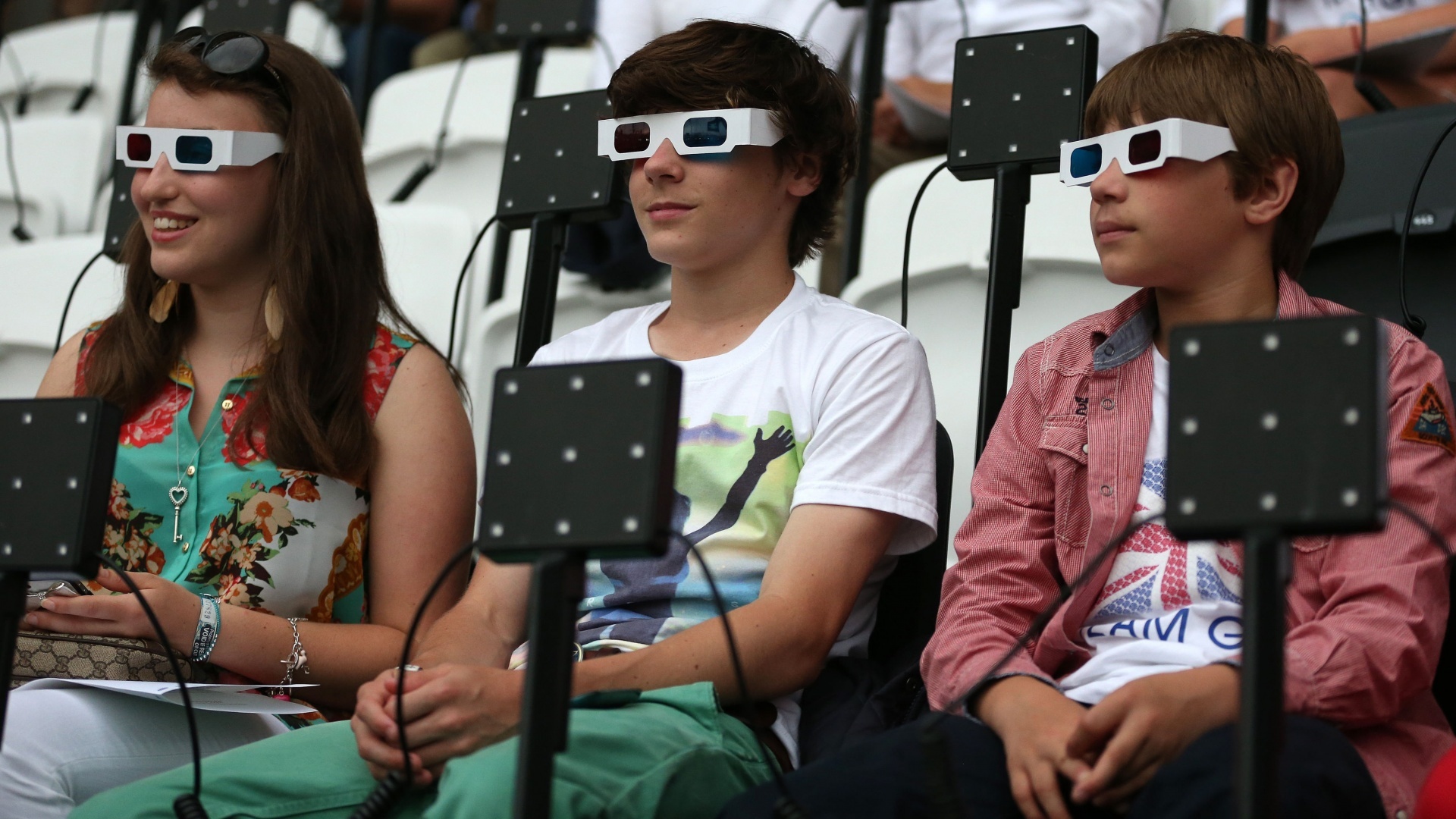
The Association of Optometrists (AOP) said that children who have problems with their vision can often go undetected as they are unaware their sight is not normal.
As difficulty watching 3D films could be a sign of visual problems, parents should be on the look out for any adverse effects.
Signs parents should look out for include: dizziness, headaches or visual discomfort or not being able to see the 3D effect.
To get the full 3D effect a person needs good binocular vision, where both eyes see clearly and work together properly allowing good perception of depth.
“Difficulty watching 3D films comfortably can be an early sign of visual problems,” said AOP clinical and regulatory officer Henry Leonard.
“To be able to get the full 3D effect and view the film comfortably, you need good binocular vision.”
He added: “Children need a clear, sharp image in each eye in order for their vision to develop properly. If something upsets that balance, it can lead to reduced vision – known as amblyopia – in one or both eyes and poor 3D vision. If the problem only affects one eye it can easily go unnoticed, resulting in a ‘lazy eye’.
“If children struggle to watch 3D films or fail to appreciate the 3D effect, this could be an early sign that they may be suffering from these kinds of visual problems.”
The optometrist added: “Children who can’t see properly are usually unaware that their vision is not normal and parents may not know there’s a problem either, especially if only one eye is affected.
“3D films can help raise awareness of the importance of good vision.”
READ MORE
Movie Classics: Chitty Chitty Bang Bang is a fine four-fendered film
Man recreated classic film Pearl Harbor… in his back garden//

Enjoy the convenience of having The Sunday Post delivered as a digital ePaper straight to your smartphone, tablet or computer.
Subscribe for only £5.49 a month and enjoy all the benefits of the printed paper as a digital replica.
Subscribe
